Nowadays our homes are brimming with smart technology. Smart refrigerators keep our kitchens in order, smart televisions let us watch literally anything we’d like, and smart assistants handle the mood lighting. A future home filled only with iterations of Amazon Alexa and identical apple home products feels eerily within reach. Holding tight onto his souvenir mugs and granny’s kitchenware, designer Sam Beaney created Kano Sense, a universal smart home device that uses computer vision to convert everyday objects into smart home outputs.
Designer: Sam Beaney
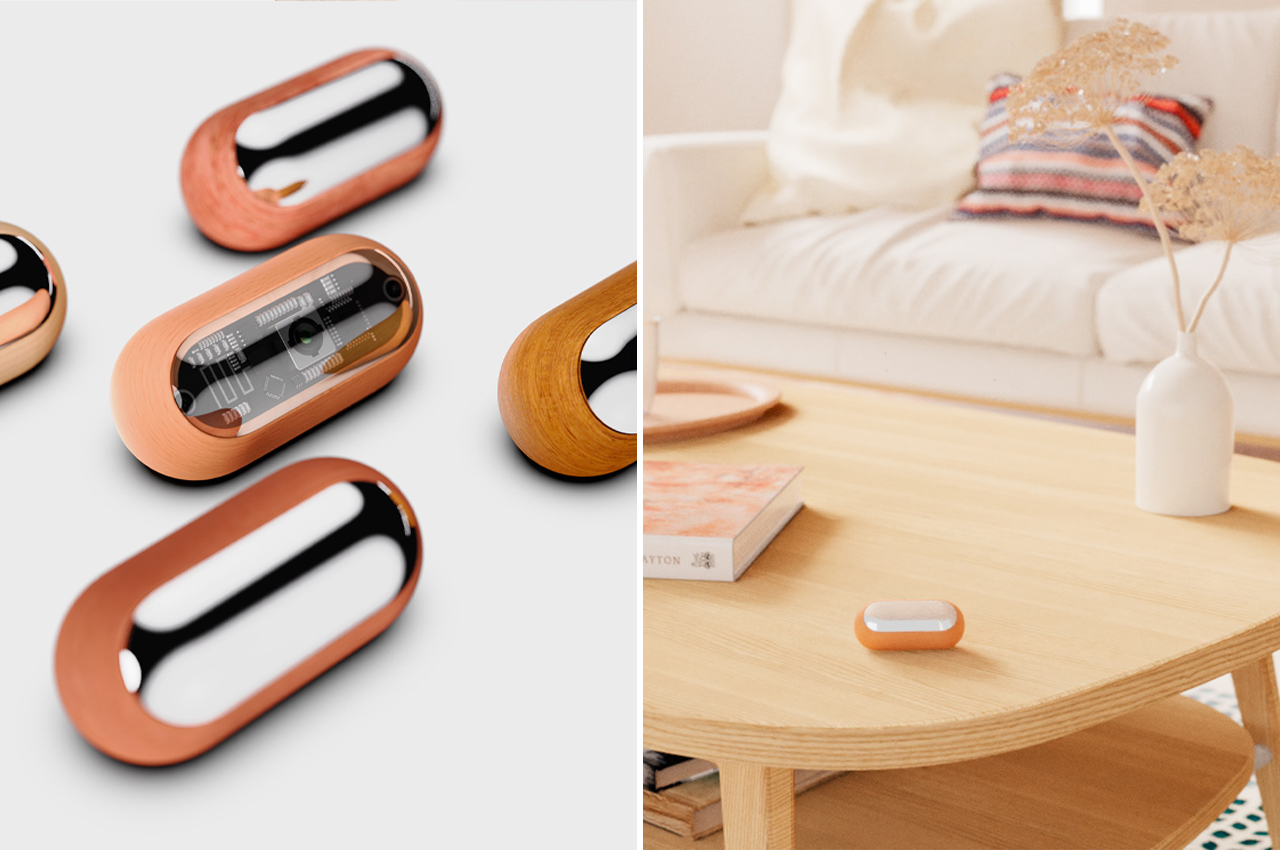
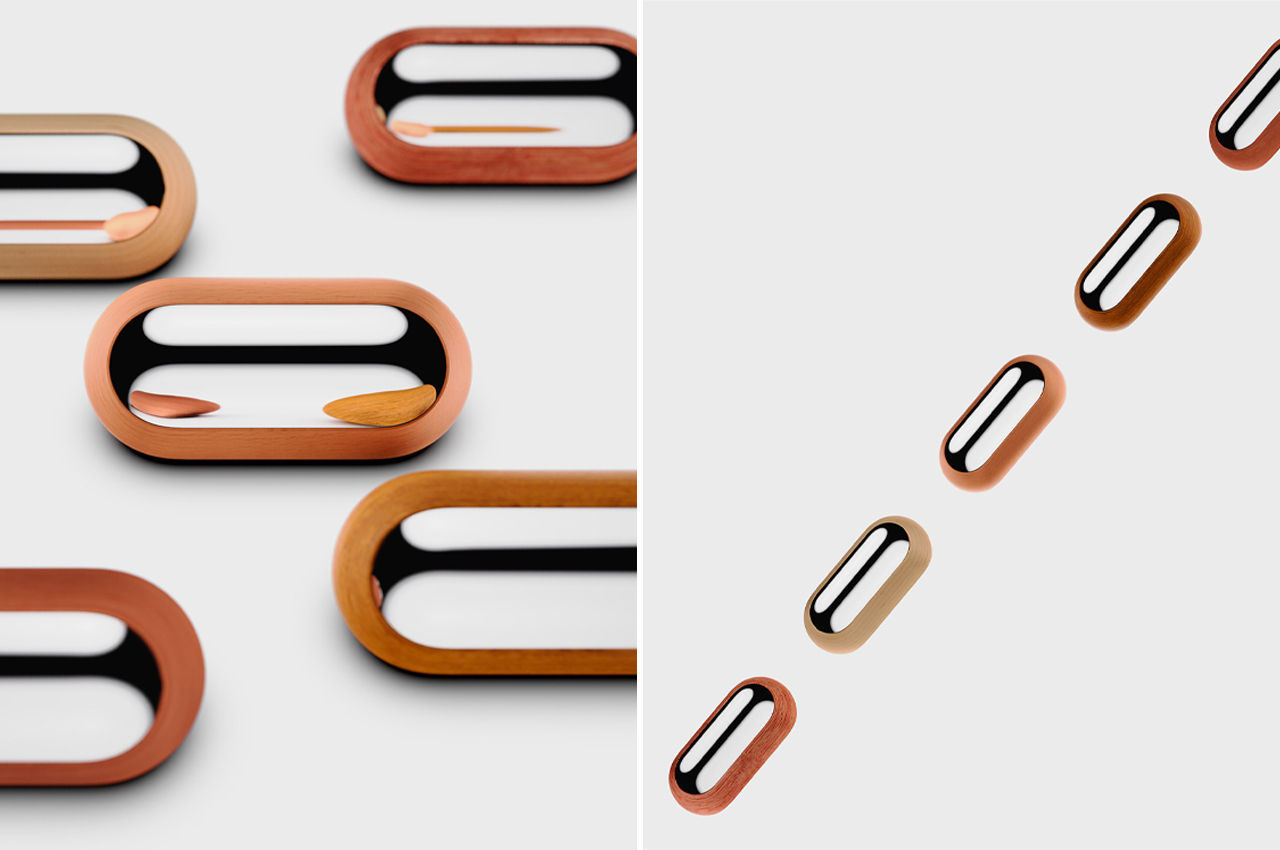
A gleaming one-way mirror lens and soft wooden frame give Kano Sense a heavy and familiar look. Kano Sense takes the shape of common smart capsules similar to earlier generations of the Amazon Alexa and Echo and contains embedded smart computer vision that analyzes everyday appliances like ovens and even ceramic mugs to turn interactions with them into smart outputs.

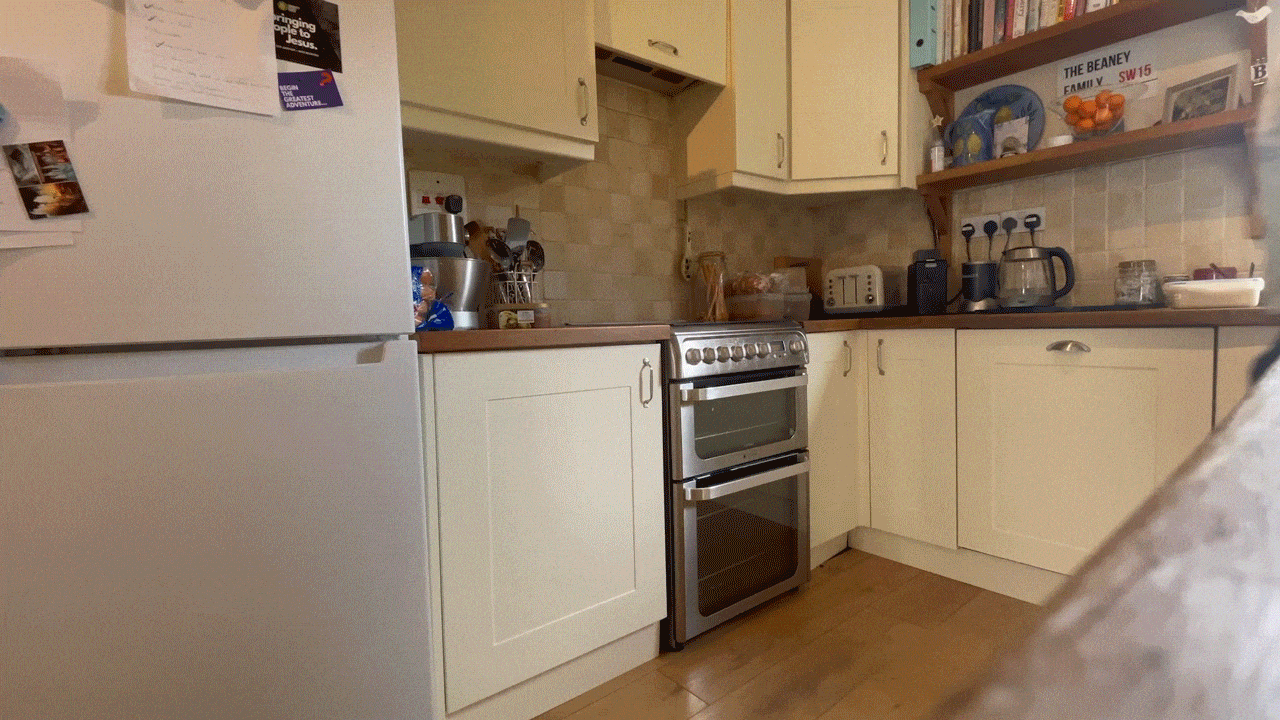
Kano Sense ditches voice command for behavior-based technology. For example, after analyzing our interactions with a ceramic mug, Kano Sense will respond to our holding the mug by turning on the tea kettle. Similarly, a baking tray placed on top of the counter will tell Kano Sense to preheat the oven.
In creating Kano Sense, Beaney hoped to develop a form of smart technology that incorporated our keepsake home items, bridging next-level smart technology with our analog world. This meant that Beaney had to give Kano Sense a familiar feel and overall look. Kano Sense’s outermost body is carved from wood and its intricate computer hardware core is coated with a one-way mirror lens to reflect your home environment and simplify setup.

Complete with an accompanying app, Kano Sense scans new home items and appliances by your choice and command. In the app, users can tell Kano to scan only certain objects within the capsule’s vision using software similar to that of facial recognition. Don’t worry, not everything you touch will turn on the lights or the oven.
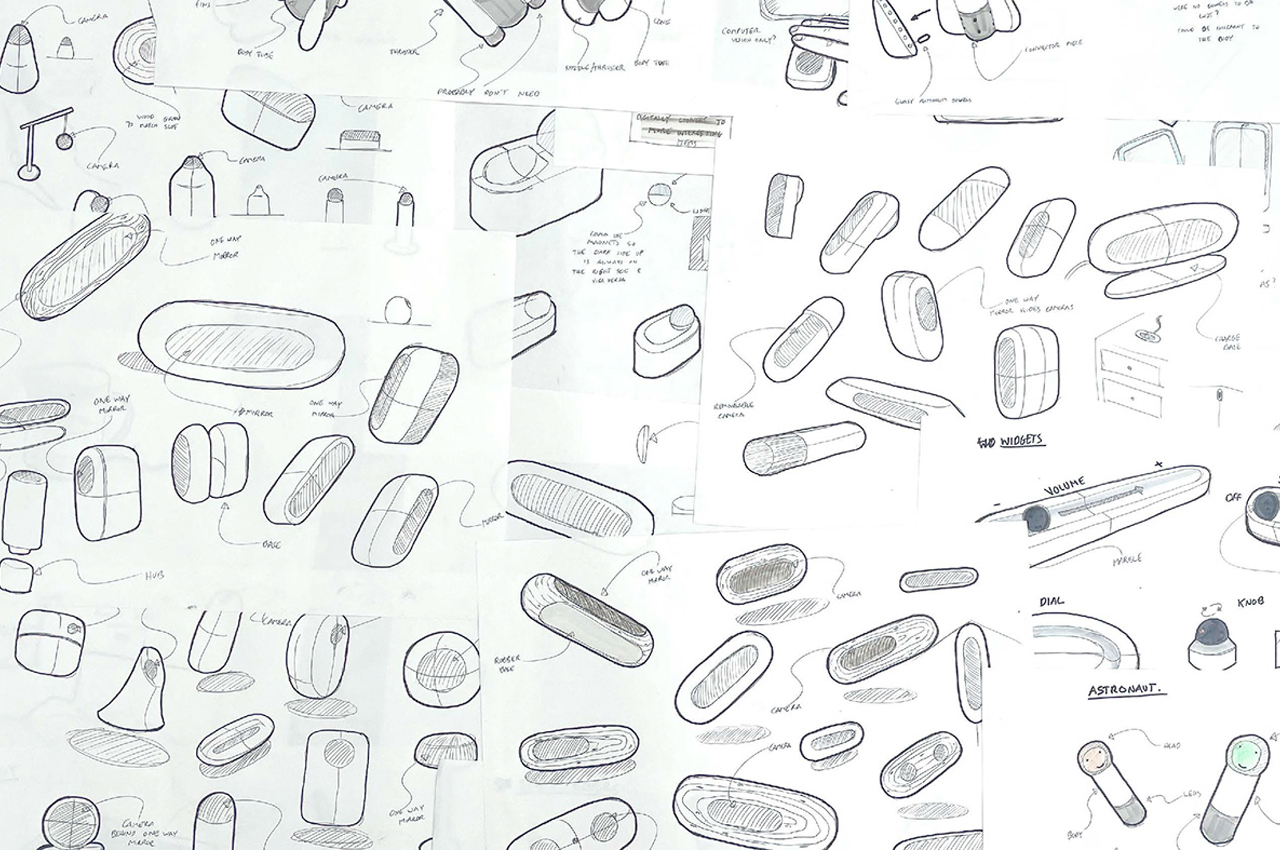

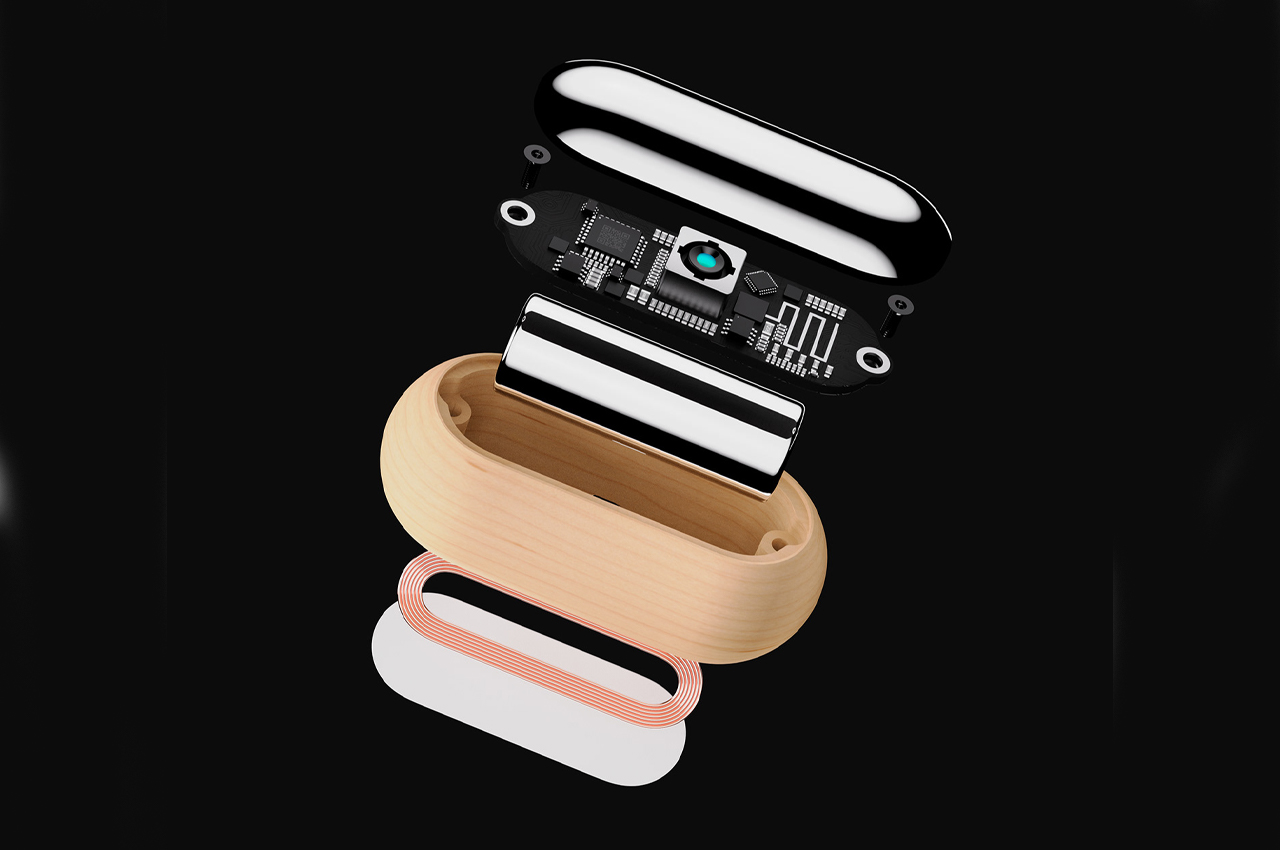
Sam Beaney went through multiple iterations of Kano Sense before settling on its final form. Embedded computer vision allows Kano Sense to scan certain home items within its vision to turn them into smart home outputs.
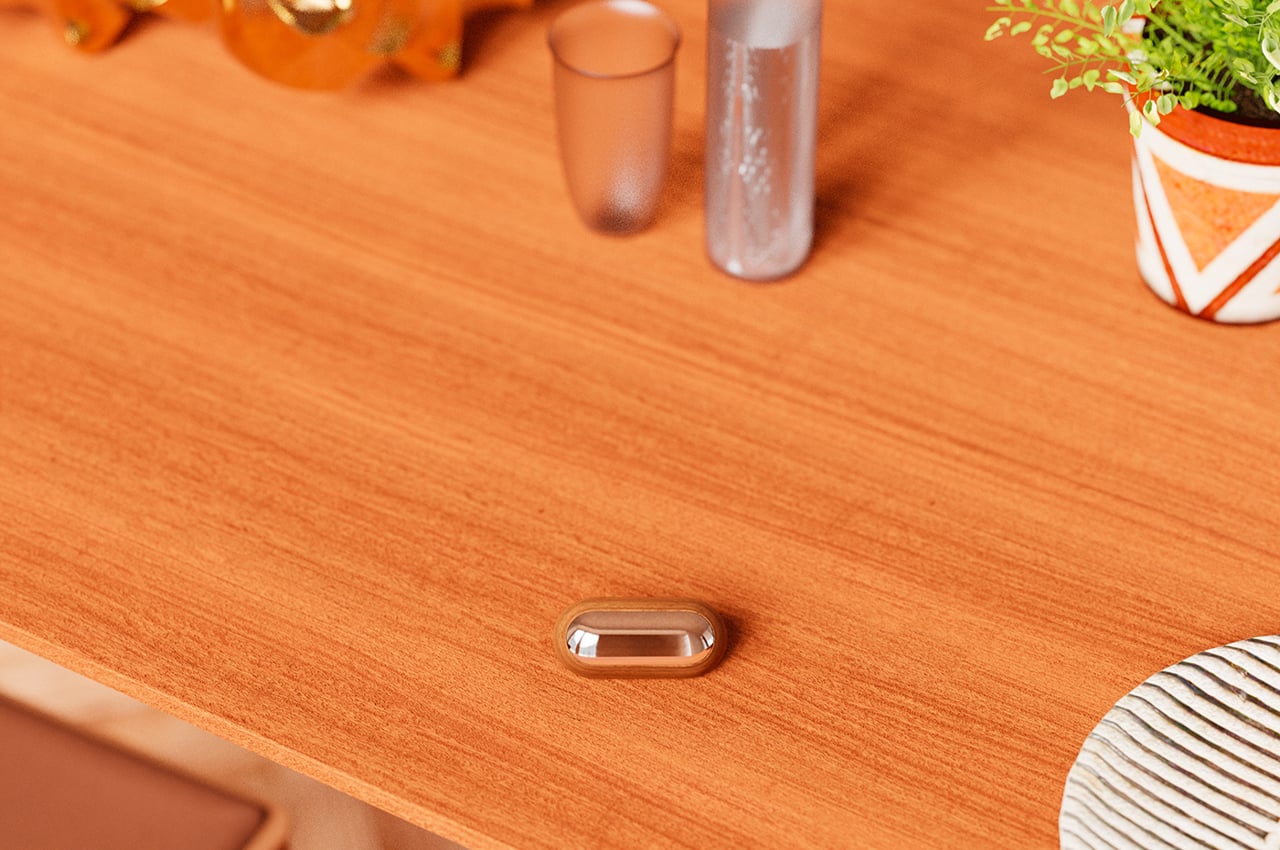
Kano Sense’s approachable look allows it to blend in with the rest of your home.
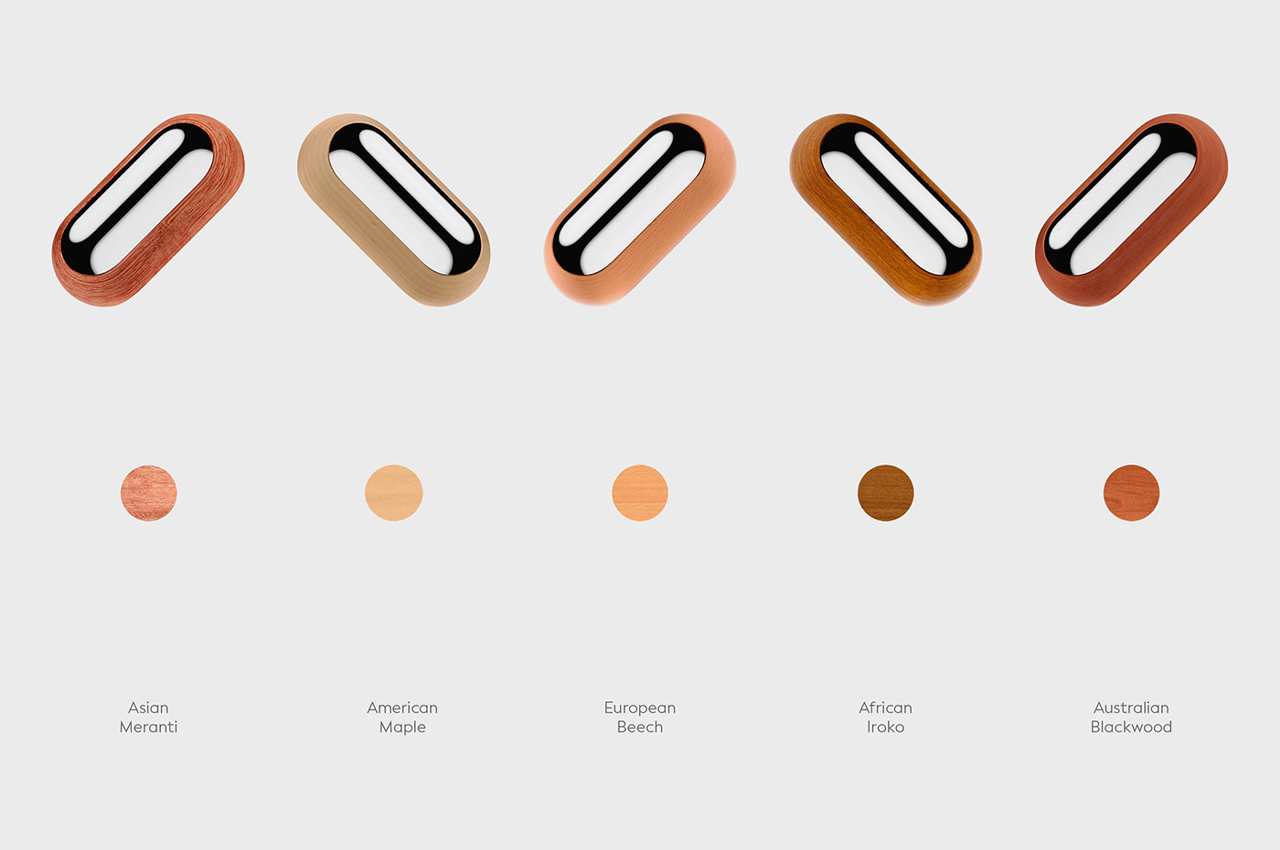
Beaney envisions multiple looks for Kano Sense, using different types of timber to fit into varied interior spaces.
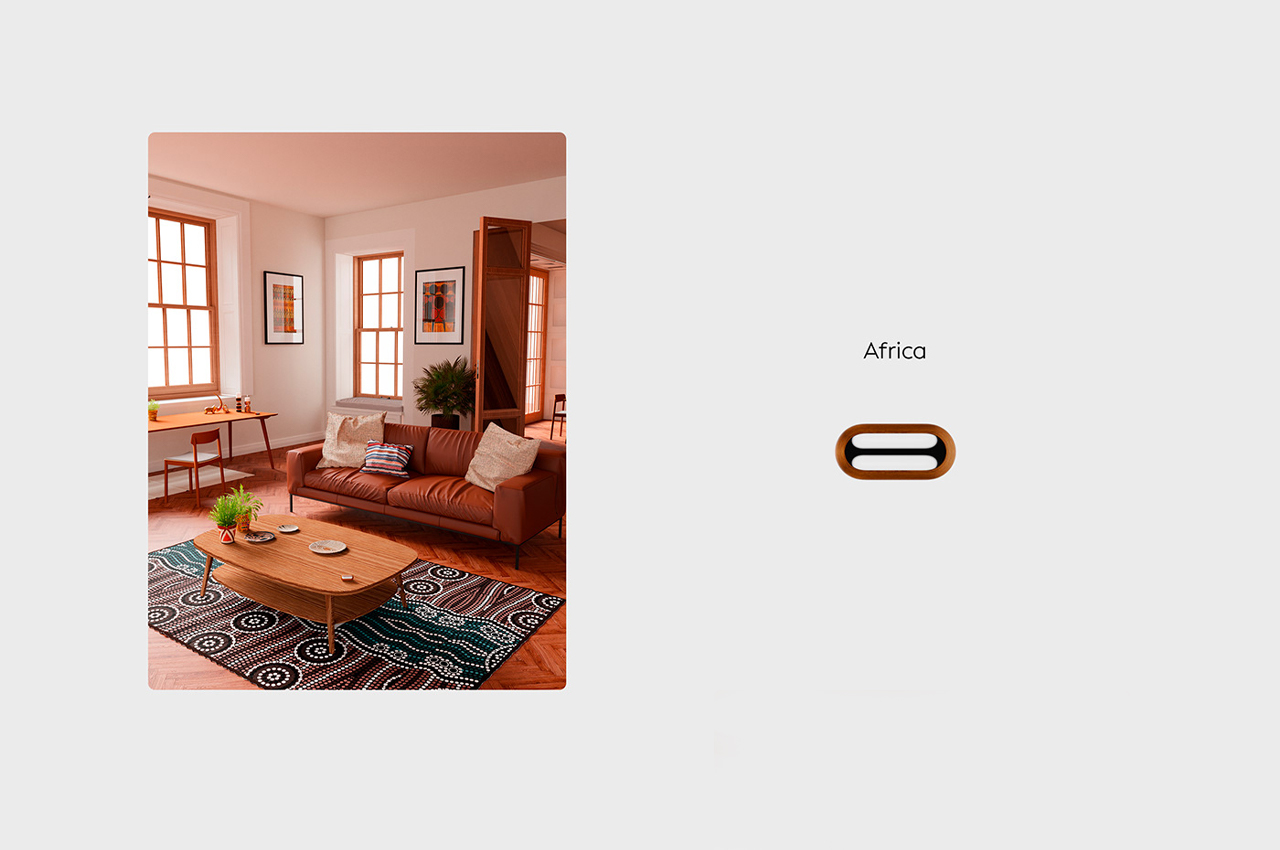

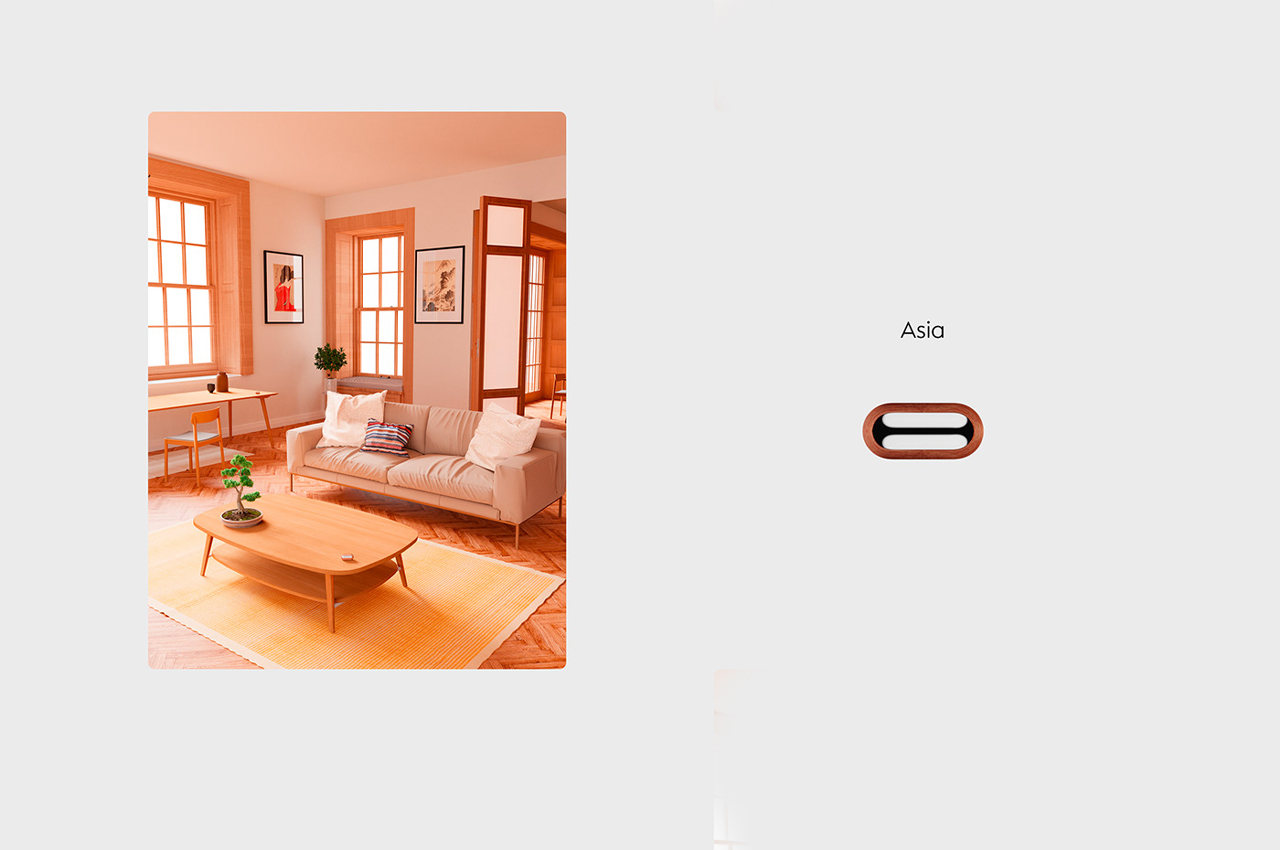
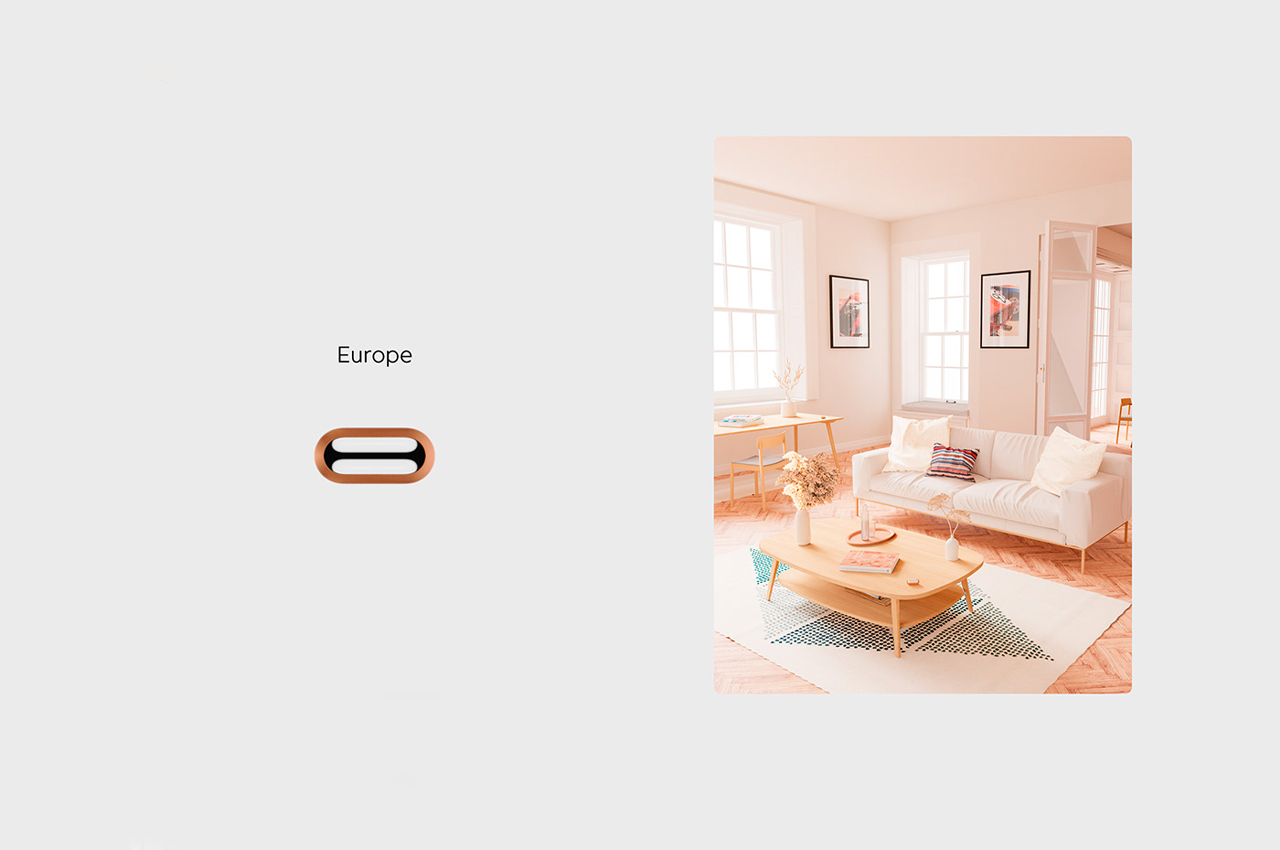
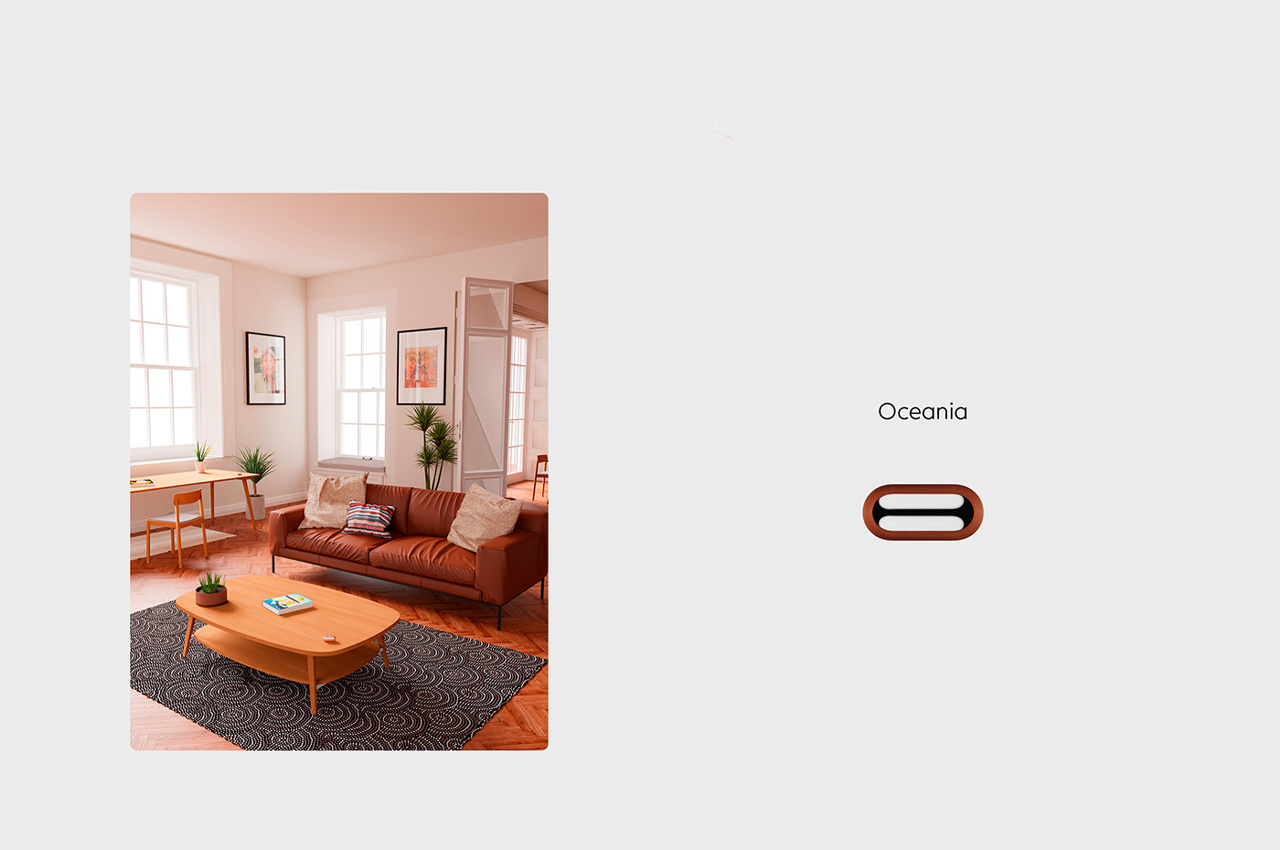
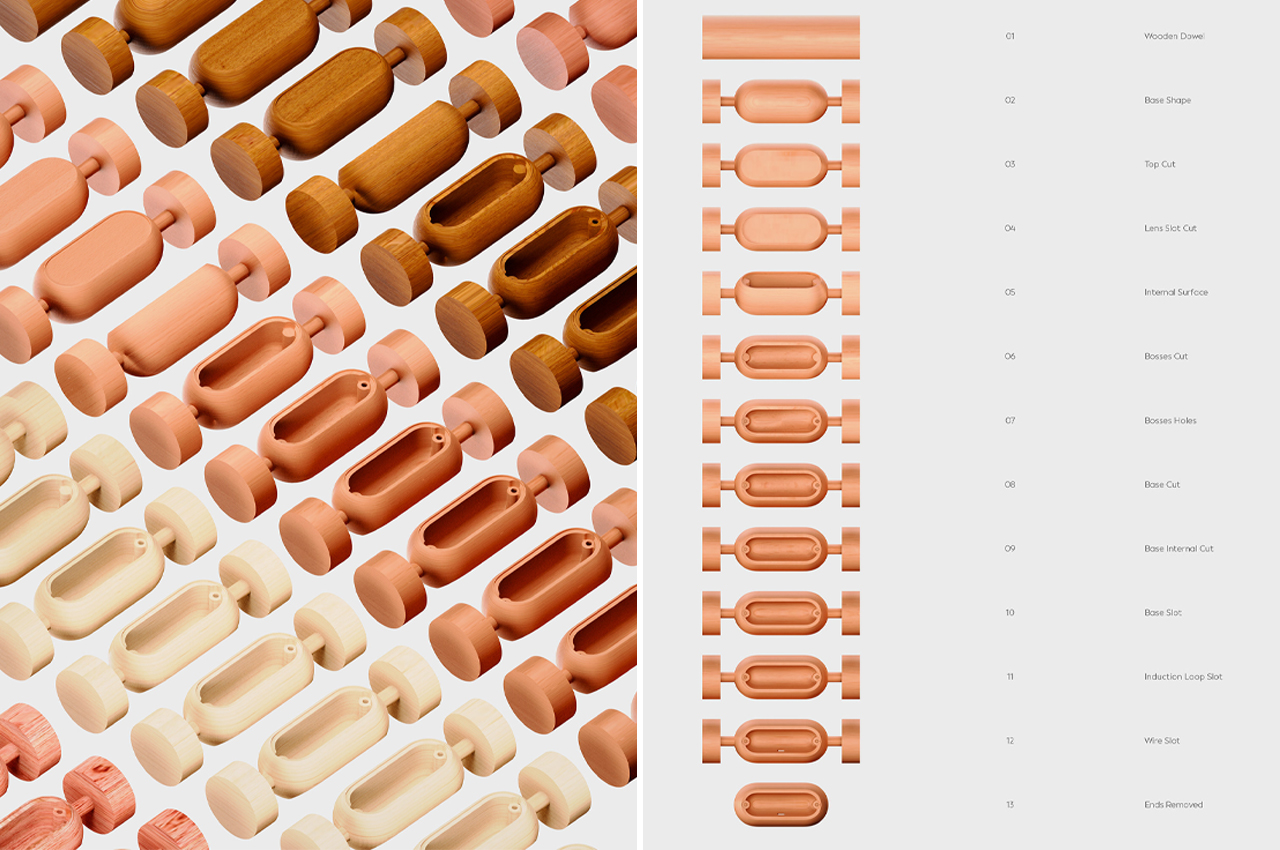
Using a 4-axis CNC milling technique, Kano Sense’s wooden frame is produced.
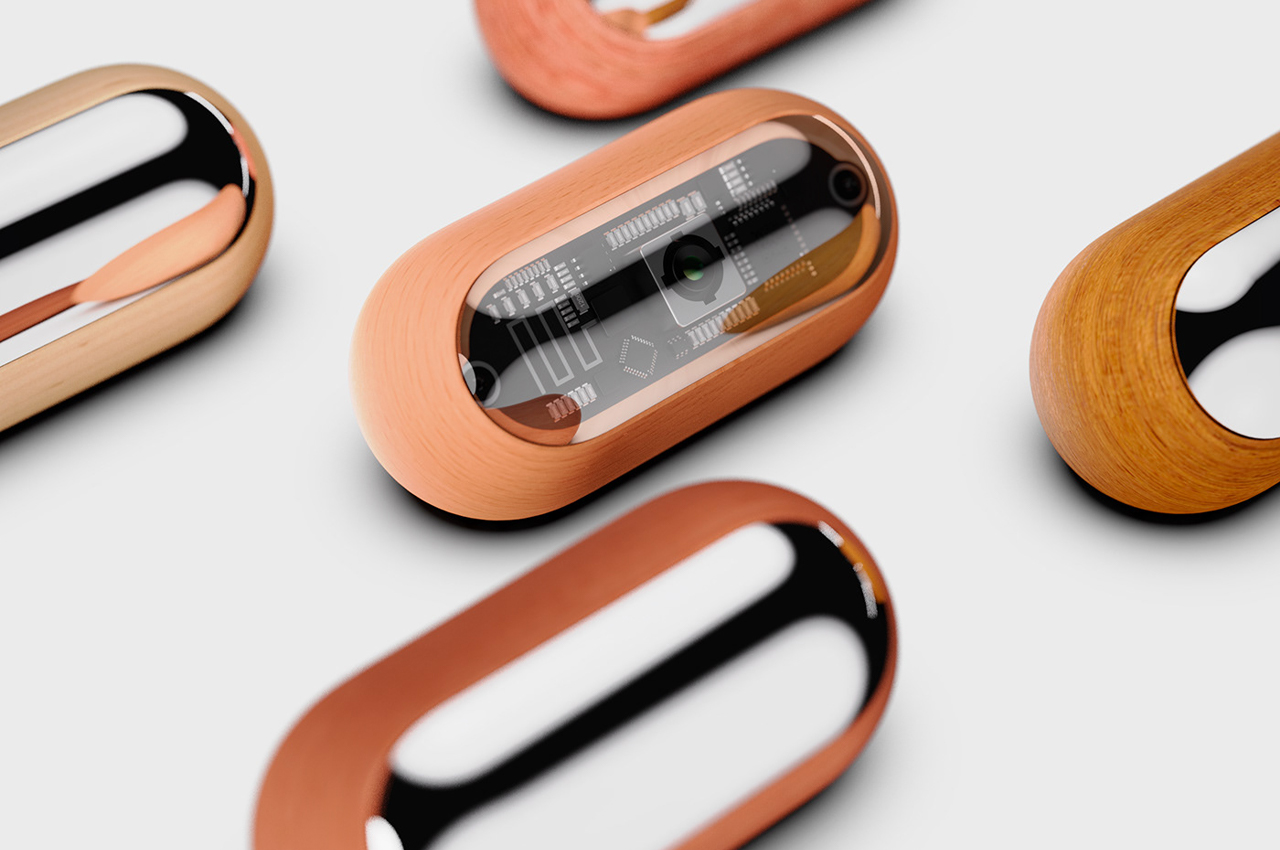
Beneath Kano Sense’s one-way mirror lens, embedded computer vision technology allows the smart device to scan home items.
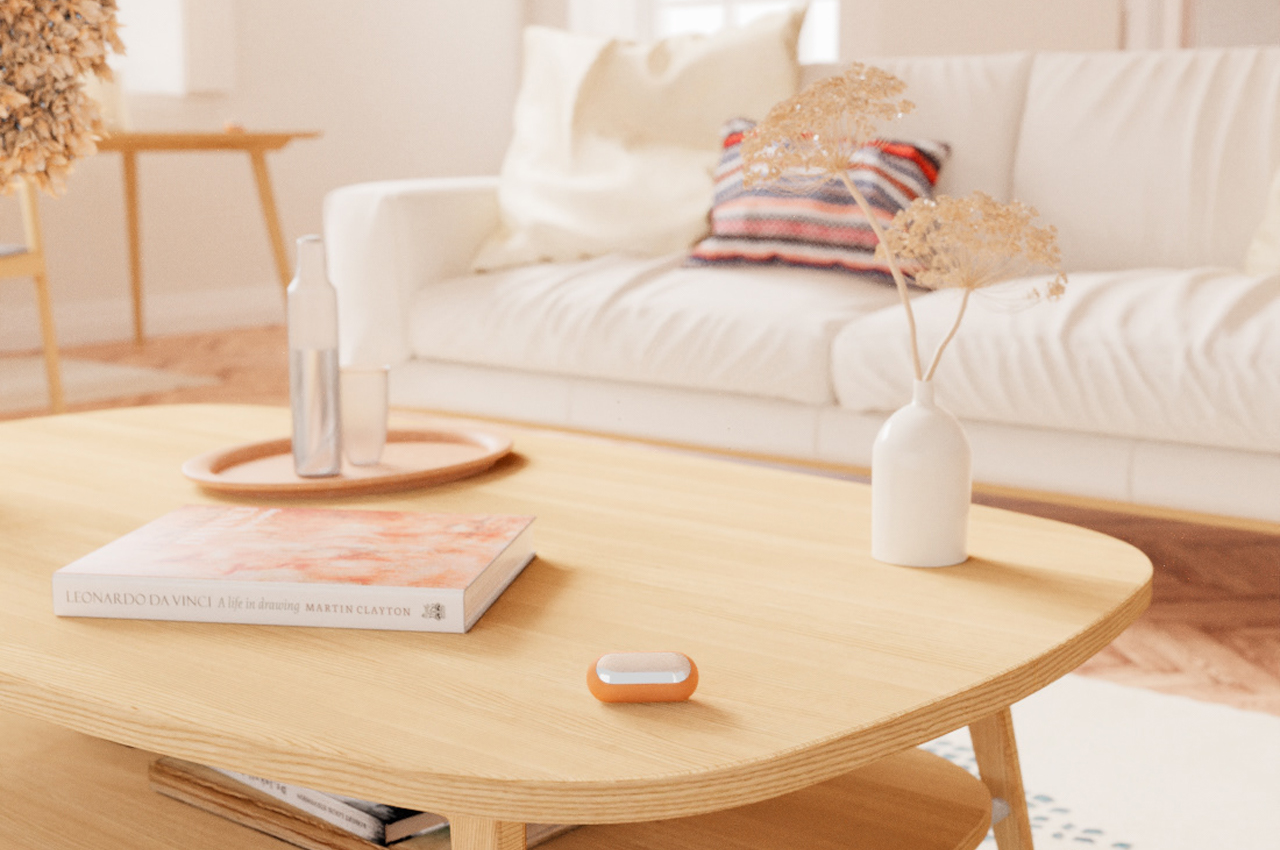
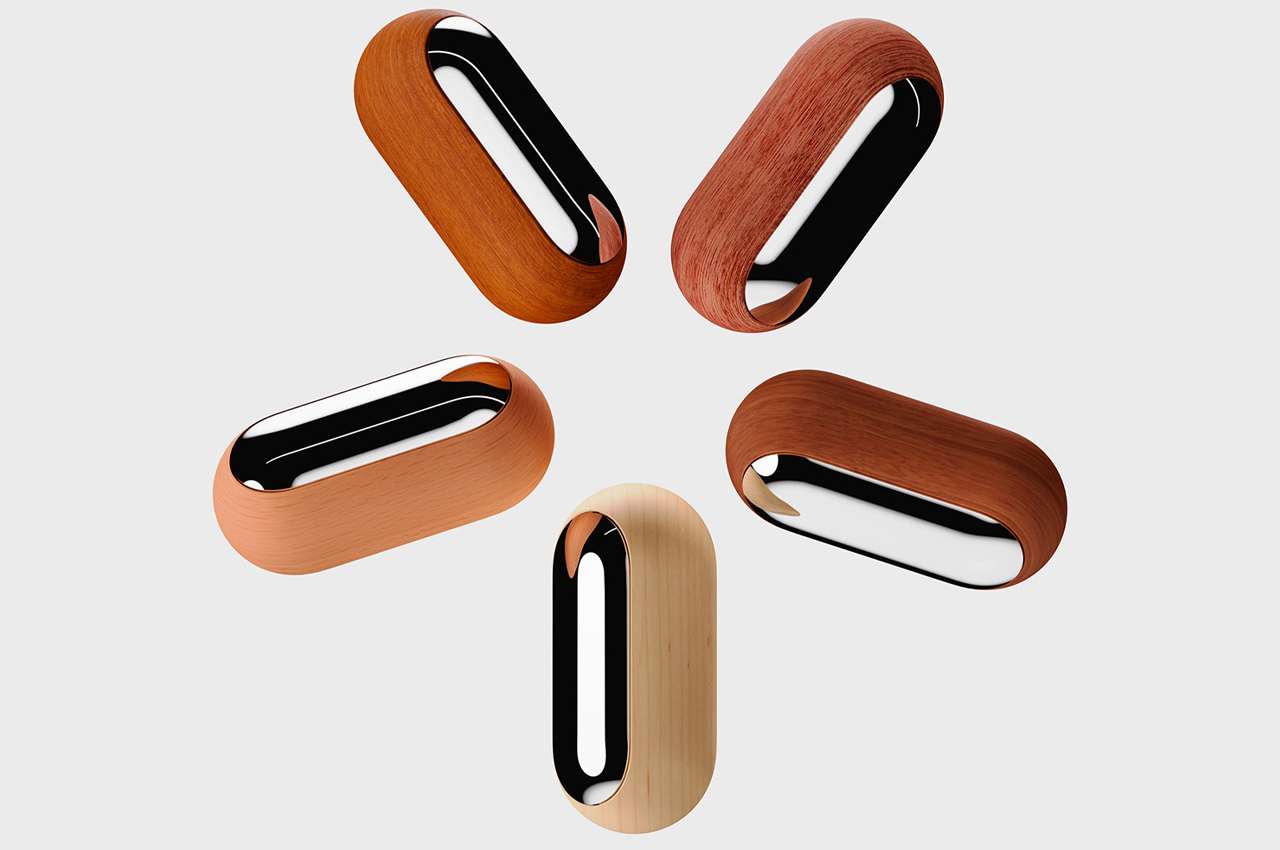
0 Commentaires